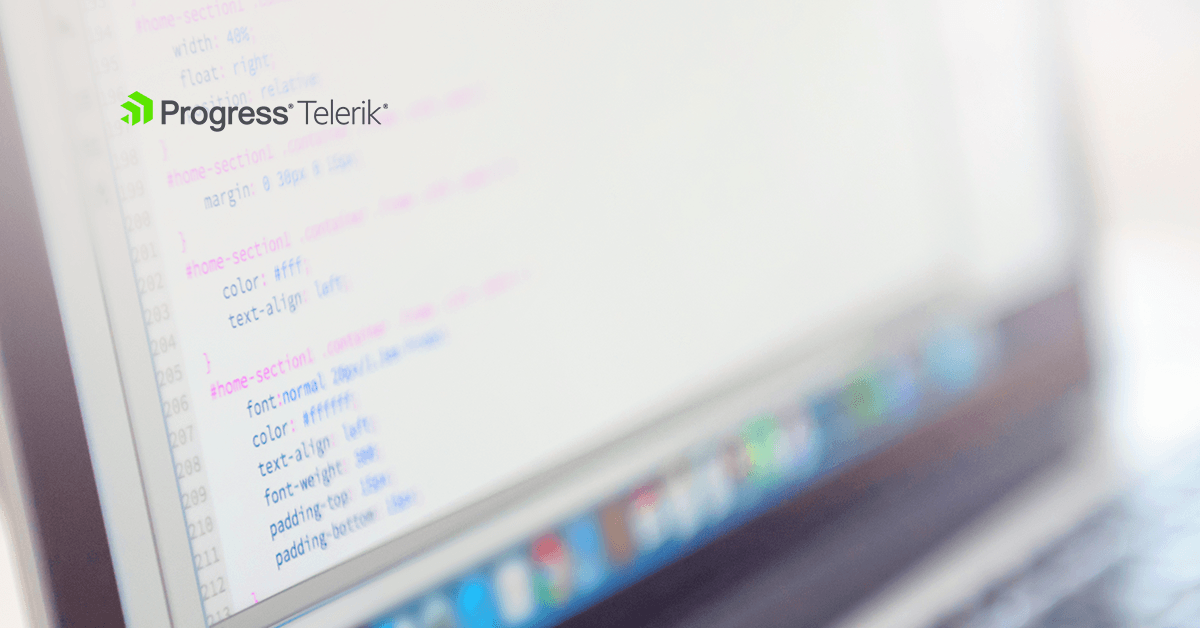Ever wanted to design a user experience but felt limited by your technology stack, language, or framework? Here is a tried and true 5-step user experience workflow to help facilitate building a UX for now while planning for the future.
Platforms, Languages, and Frameworks, Oh My!
The amount of frameworks, platforms, languages that are available to us when designing a User Experience (UX)—whether you sit on the UX analyst side or on the UX practitioner side, you encounter this plethora of things on a daily basis. So how do we tune out all the noise of this digital ocean and design/develop an experience for our users that is agnostic of choices based on these outside factors? How do we provide a user with the best experience we are capable of giving them while planning for future enhancement?
Stick with this article and I’ll walk you through my five-step process of doing just that—there are many like it but this one is mine.
Note: This article is written in the context of delivering to an enterprise client with multiple stakeholders, teams, etc. This does not change the premise of this workflow.
Step 1: What Requirements Exist?
You’ve met with your stakeholders, you’ve discussed the ins and outs of what you need to do to keep them happy, and now you need to put words into action to start developing your experience strategy and wireframes.
What are the core requirements of their requests? Format them in statements, such as, “As a user I need to X.” Or, if you got more specific, “As a specific persona I need to do X,” Once you have these statements, start to break down these concepts in to smaller pieces that are functionally possible.
At this stage, don’t think about functional possibilities or your specific environment. Purely focus on the platform-agnostic experience. At the end of this step, you should have a list of discrete actions and steps to achieve the stakeholder goals for your project.

Step 2: Organizing your Goals & Actions
The next thing you want to do when understanding your goals for this project is to think within the mind of your personas. What are the discrete goals and actions each user needs to take?
Some or most of these will likely come from your list in step 1, or by breaking down items from step 1 into smaller actions. Can you align goals from the stakeholder conversation to individual personas? A great way to visualize this information is a goals & actions table (example below) organized by persona and their primary goal when browsing this site.

#user experience
